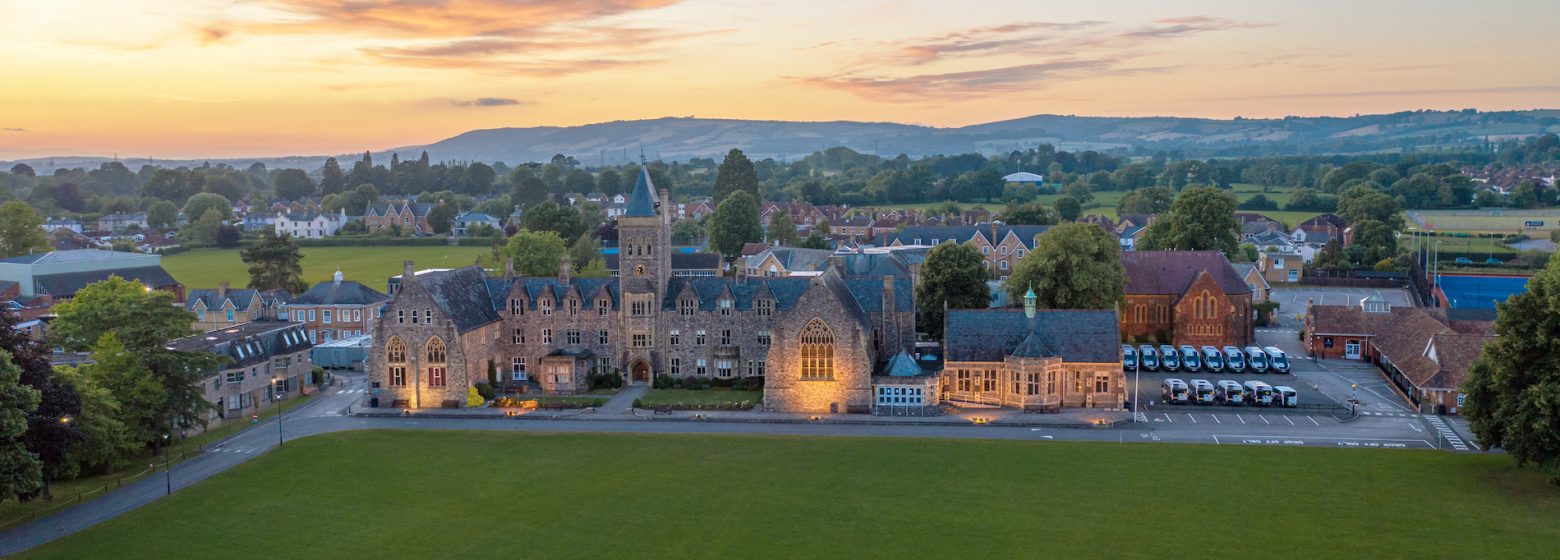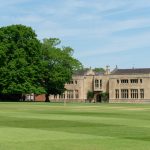Each Tuesday the intrepid team of TPS History detectives meet to delve into the past and research famous events to coincide with the publishing date of The Courier that week. They have only one hour to research, write and illustrate their articles. We hope you enjoy them and discover some fascinating bits of History.
Joanna Hall-Tomkin, Head of History and Pastoral Head Years 5&6
ON THIS DAY IN HISTORY
8th December 1941
THE USA DECLARES WAR ON JAPAN
On the 8th December 1941, President Franklin Roosevelt made his famous speech to the people of the United States of America. The speech was over seven minutes long. This is what Roosevelt said:

“Now [war] has come and we must meet it as united Americans. Our country has been attacked by force of arms, and by force of arms we must retaliate. We must now turn every effort to building the greatest and most efficient Army, Navy and Air Force in the world.”
Why did America declare war on Japan?
In 1941, the Imperial Japanese Empire was looking to take advantage of the war in Europe and expand into South East Asia. In order to do this, it would be necessary to remove the threat of the America Navy’s Pacific Fleet.
Pearl Harbour lies on one of the Hawaiian Islands, Oahu. In 1941, it was the main US naval base in the Pacific Ocean. Japan decided to attack it without warning, in order to surprise the Americans and not allow them time to defend themselves. The attack started just before 8am on a Sunday morning, December 7, 1941. It is important to remember that America and Japan were not at war, in fact they were conducting peace talks.
At 7am on Sunday morning December 7, 1941, two US Army radar operators spotted planes flying in formation towards Pearl Harbour. It was assumed that this was just an American exercise, and the operators were told to close down the station and attend the church parade!
The planes were the beginning of a concerted attack, which took place in two stages;
First the three existing airfields were attacked using machine-guns mounted on planes, and the battleships were attacked with torpedoes.
Secondly, heavy bombs were dropped on the area, using both high-level and dive-bombers.
In the first five minutes of the attack, four battleships were hit, including the USS Oklahoma and the USS Arizona. Minutes later, the Arizona exploded after a bomb hit its gunpowder stores, sinking the ship and killing 1,177 of its crew.

This devastating attack was followed an hour and a half later by a second wave of 170 Japanese aircraft. Within two hours, 18 US warships had been sunk or damaged, 188 aircraft destroyed and 2,403 American servicemen and women killed. Many of these ships were repaired and fought in later battles, and, crucially all three of the Pacific Fleet’s aircraft carriers were not at Pearl Harbour during the attack and so escaped damage. They were to prove vital in the coming Pacific Campaign.
Ninety minutes after it began, the attack was over. 2,008 sailors were killed and 710 others wounded; 218 soldiers and airmen (were killed and 364 wounded; 109 marines were killed and 69 wounded; and 68 civilians were killed and 35 wounded).
In total, 2,403 Americans died and 1,178 were wounded. Eighteen ships were sunk or run aground, including five battleships. All of the Americans killed or wounded during the attack were non-combatants, given the fact there was no state of war when the attack occurred.
After the attack, 15 Medals of Honour, 51 Navy Crosses, 53 Silver Stars, four Navy and Marine Corps Medals, one Distinguished Flying Cross, four Distinguished Service Crosses, one Distinguished Service Medal, and three Bronze Star Medals were awarded to the American servicemen who distinguished themselves in combat at Pearl Harbour. Additionally, a special military award, the Pearl Harbour Commemorative Medal, was later authorised for all military veterans of the attack.
In 1962 the Arizona was made an official war memorial/grave as almost 1000 sailors bodies remain entombed inside. A memorial was built across the ship’s sunken remains, including a shrine room listing the names of the lost crew members on a marble wall. Upon their death, survivors of the attack may have their ashes placed within the ship, among their fallen comrades. Veterans who served aboard the ship at other times may have their ashes scattered in the water above the ship. To date, only 5 survivors are still living, all well over 90 years old.
The TPS History Detectives




